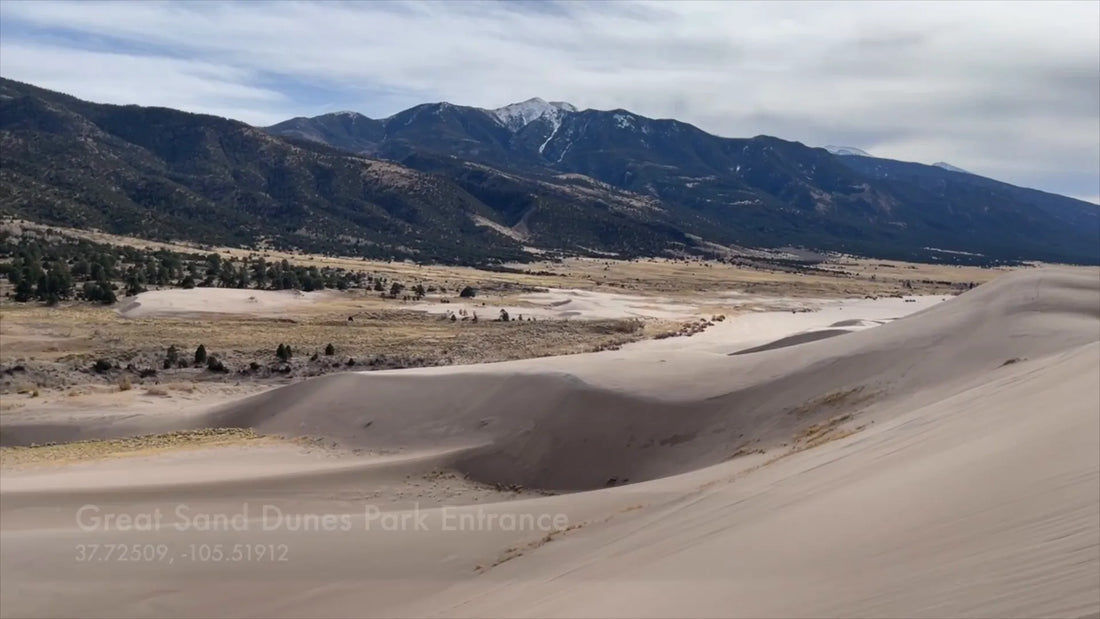
Exploring the Great Sand Dunes National Park: The Best Campsites and Medano Pass Trail
Share
Exploring the Great Sand Dunes National Park: The Best Campsites and Medano Pass Trail
Great Sand Dunes National Park is a hidden gem located just outside Alamosa, Colorado. This stunning park features the tallest sand dunes in North America, nestled against the backdrop of the majestic Sangre de Cristo Mountains. In this blog post, we will explore the Medano Pass Trail, which offers an unforgettable experience for outdoor enthusiasts and campers alike.
Table of Contents
- Getting to Great Sand Dunes National Park
- Medano Pass Trail Overview
- Trail Conditions and Tips
- Picnic Areas Along the Trail
- Exploring the Dunes
- Primitive Campsites Near Medano Pass
- Trail Challenges and Unique Features
- Stunning Views and Wildlife
- Why You Should Visit Great Sand Dunes National Park
- Frequently Asked Questions
Getting to Great Sand Dunes National Park
Traveling to Great Sand Dunes National Park is straightforward. If you're coming from Denver, expect a scenic three-hour drive that is well worth the effort. The journey leads you through picturesque landscapes, ultimately revealing the breathtaking dunes as you approach the park.
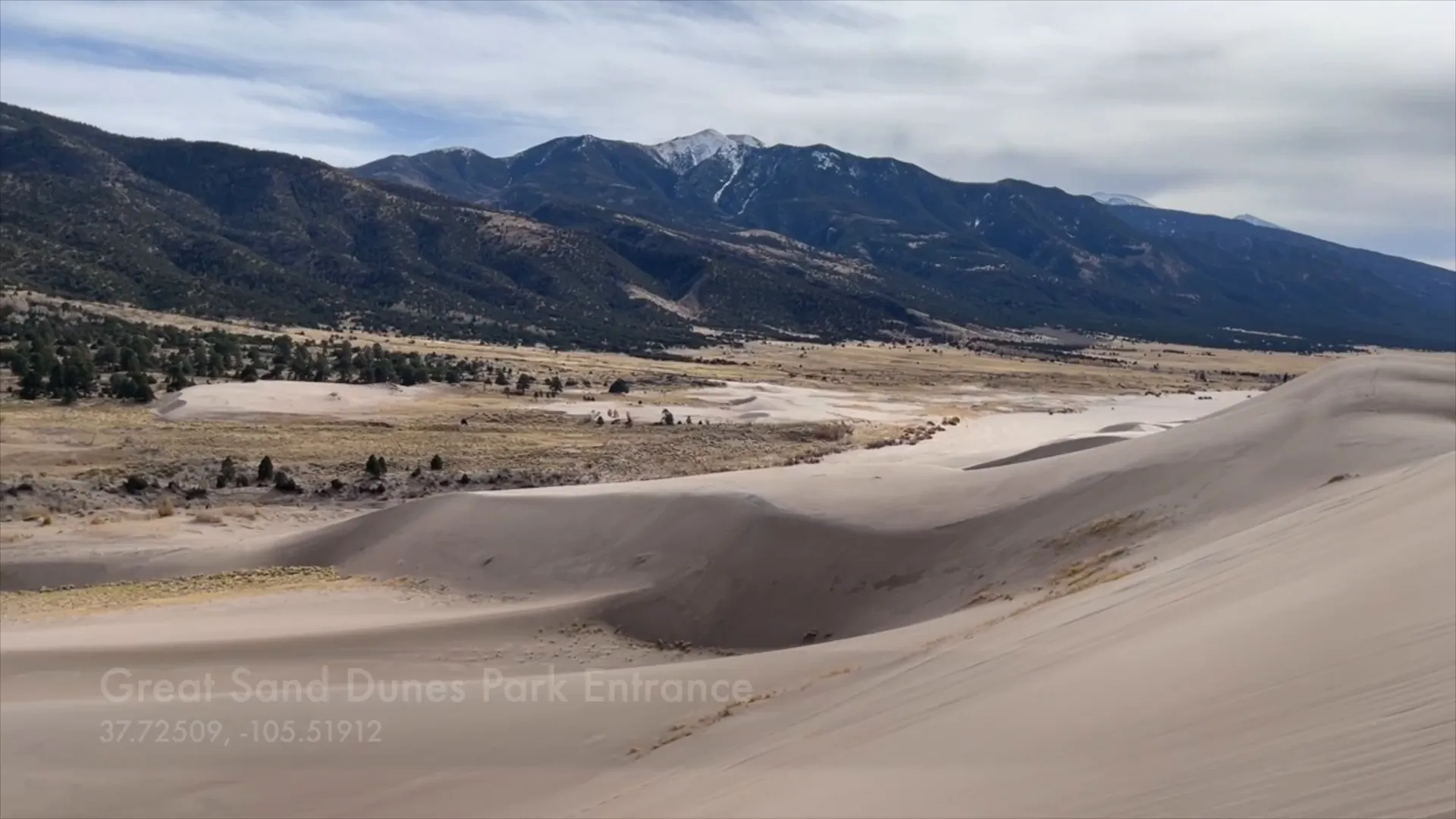
Medano Pass Trail Overview
The Medano Pass Trail is a 13-mile route rated as a 2/3 for difficulty. While it's generally accessible, it is crucial to note that there are several sections marked for 4WD vehicles only. The trail features deep, soft sand in certain areas, increasing the risk of getting stuck if you're not in a suitable vehicle. But don't let that deter you! I even passed a Subaru on the trail that was handling it well.
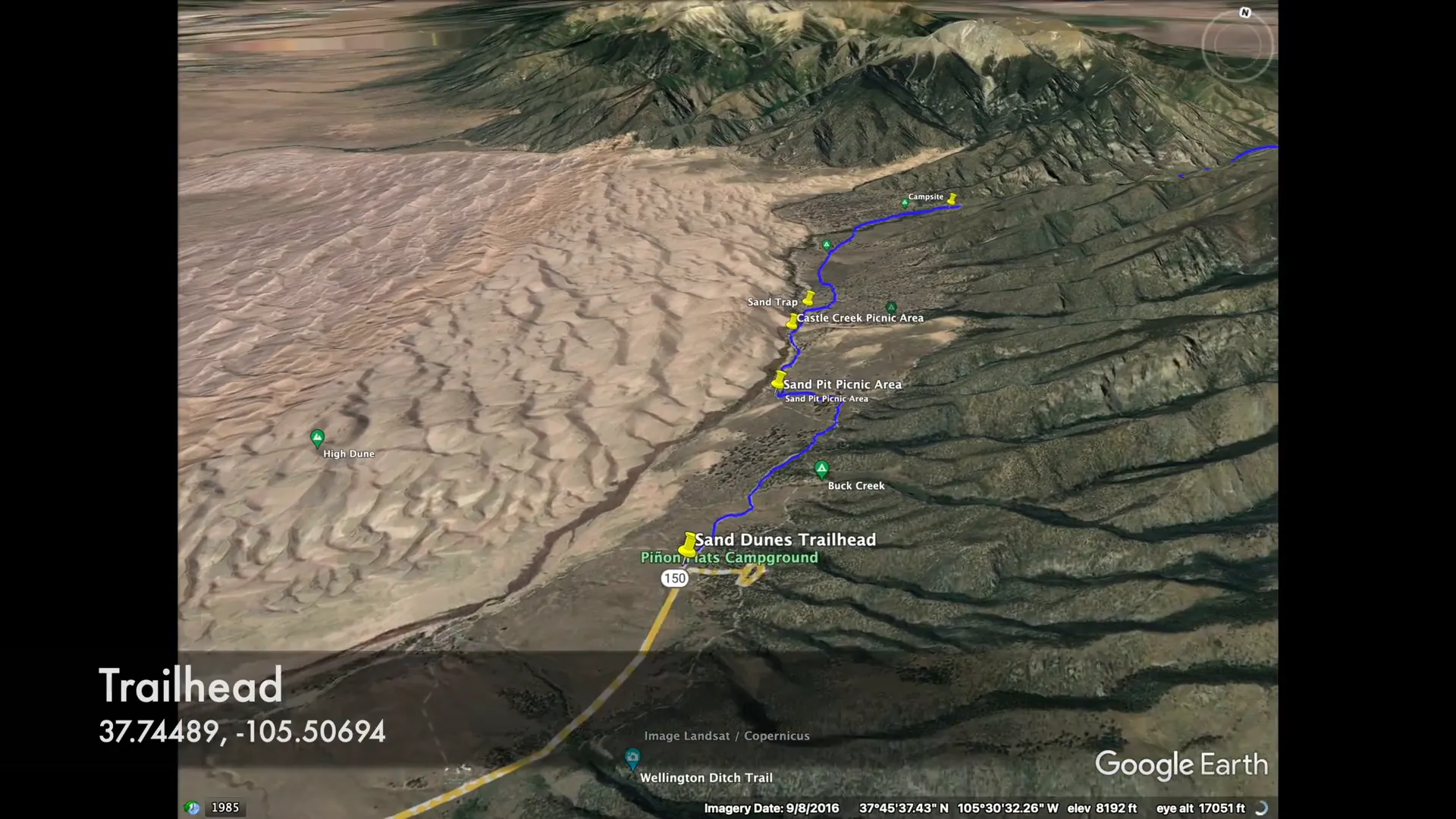
Trail Conditions and Tips
The trail starts as a typical dirt road before transitioning into a sandy path. The critical point for non-4WD vehicles is just before reaching the Sand Pit Picnic Area. During the spring runoff, Medano Creek can turn the area into a beach-like experience, attracting large crowds. It’s essential to arrive early to avoid long lines at the park entrance.
As the trail continues, you'll reach the Castle Creek Picnic Area, where the road becomes primarily sand. I opted not to air down my tires, wanting to see how well they handled the conditions, and they performed admirably.
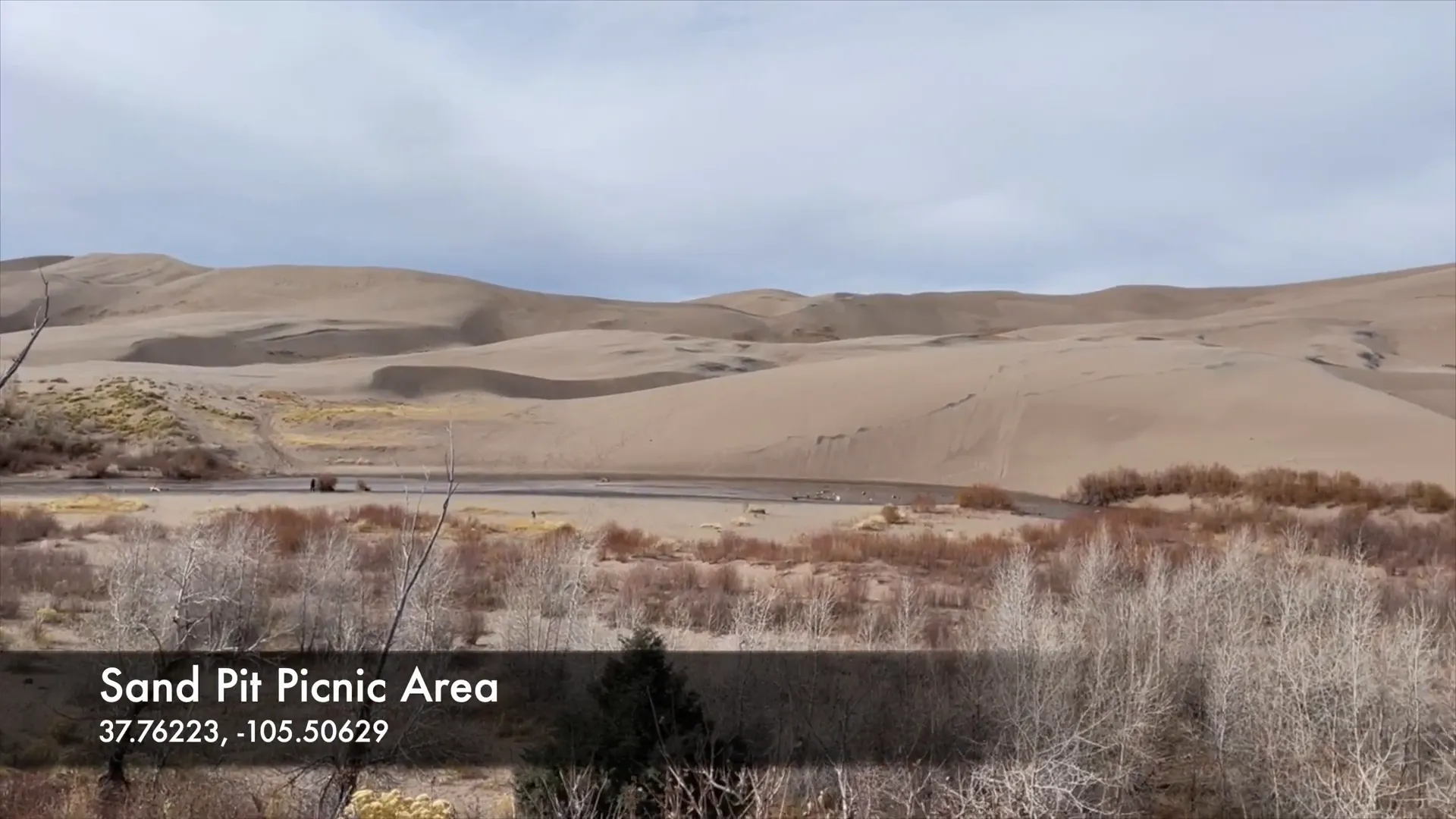
Picnic Areas Along the Trail
There are two main picnic areas along the Medano Pass Trail:
- Sand Pit Picnic Area: A great spot to relax and enjoy the views before heading into deeper sand territory.
- Castle Creek Picnic Area: Offers a serene setting with beautiful scenery, perfect for a snack break.
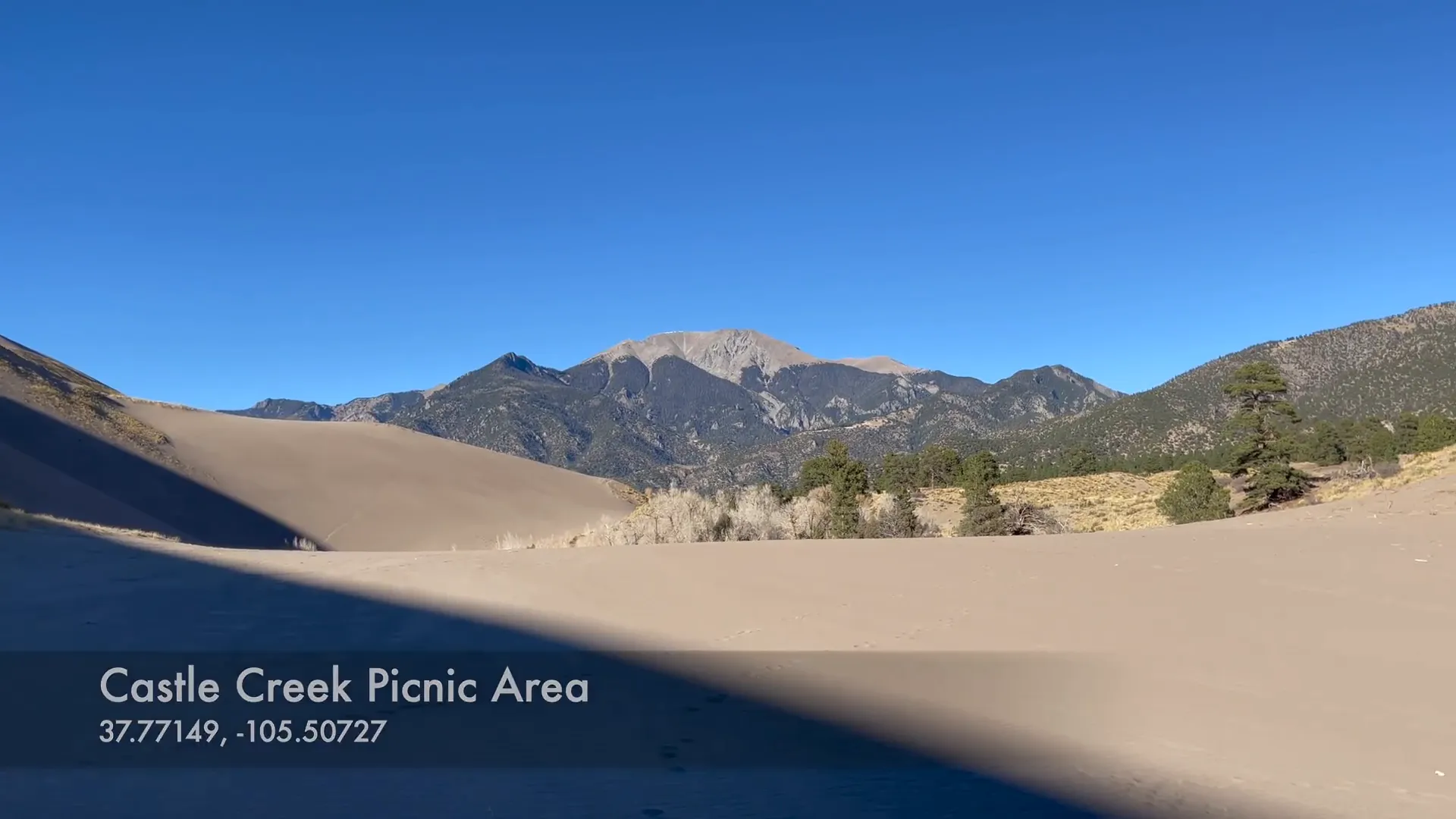
Exploring the Dunes
The dunes are a physical challenge to climb. If you're planning to visit during the summer, be cautious of the heat, which can lead to burns. Watch your speed while descending the dunes, as the steep slopes can be tricky. When I visited in late October, the sand was pleasantly cool, and the creek was at a low level.
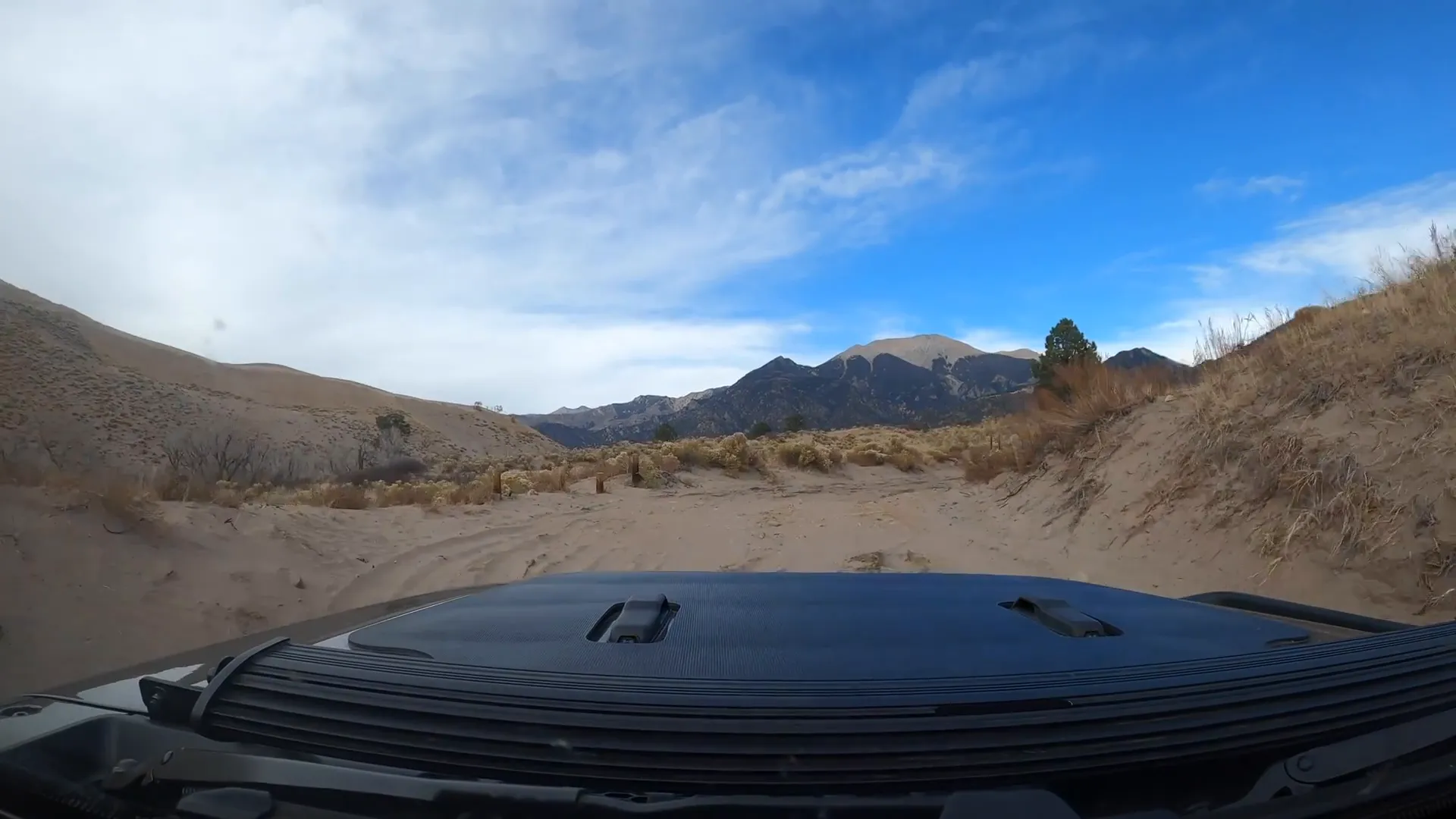
Primitive Campsites Near Medano Pass
For those who prefer to camp, Great Sand Dunes National Park has one formal campground, Pena Flats, which requires a reservation. However, I favor dispersed camping, and Medano Pass offers 21 designated primitive campsites outside the park. These sites are free and come equipped with bear boxes, fire pits, and level areas for tents or vehicle camping.
The first cluster of eight sites is conveniently located about fifteen minutes from Castle Creek, making them ideal for those who want to stay close to the park.
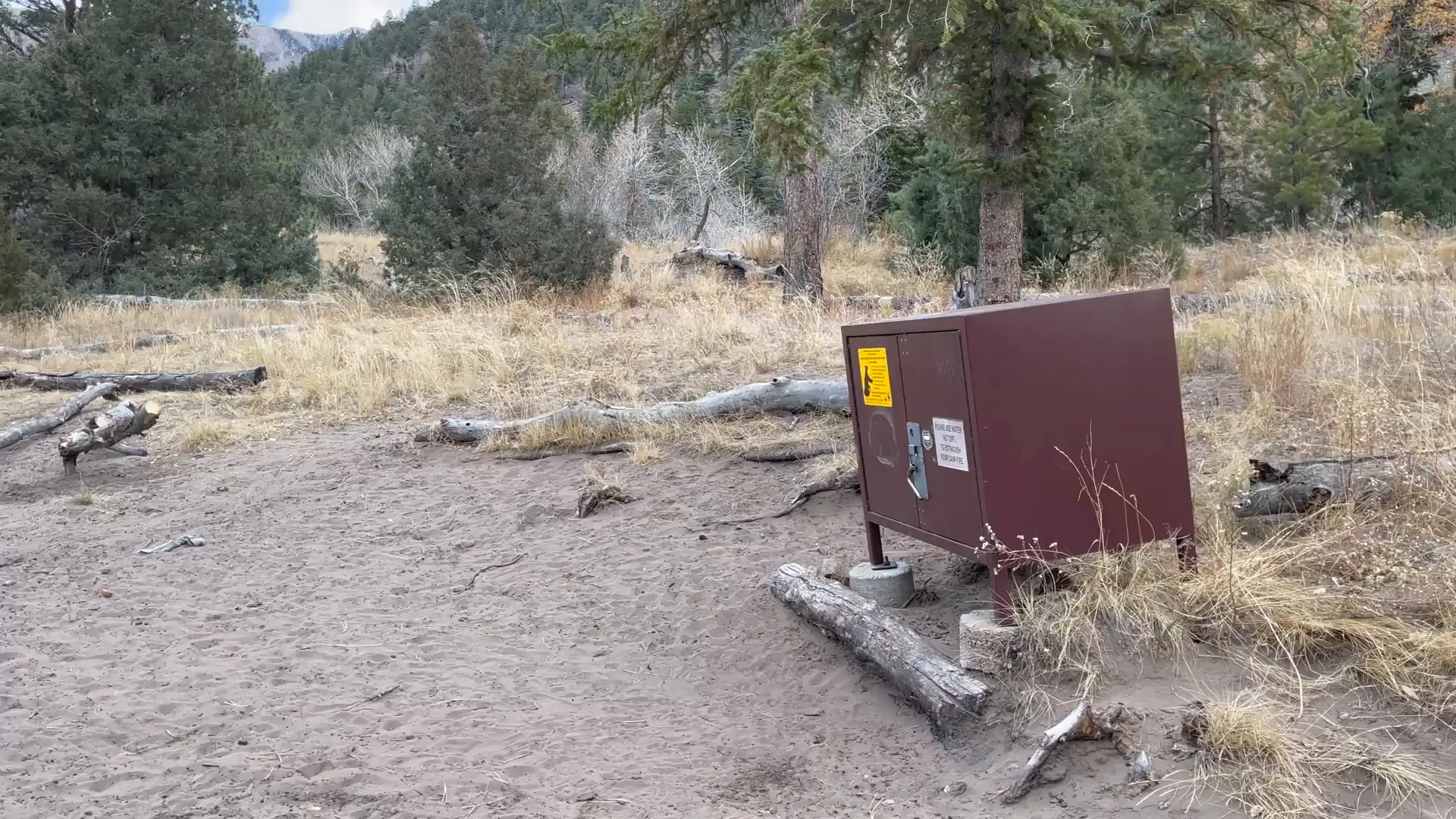
Trail Challenges and Unique Features
The trail crosses Medano Creek nine times, with water levels varying throughout the year. You can check current conditions via the park's website or visitor center. The trail is also relatively narrow, so be cautious of pinstriping if the bushes and trees are lush. There are no steep drop-offs, so backing up for oncoming traffic is manageable.
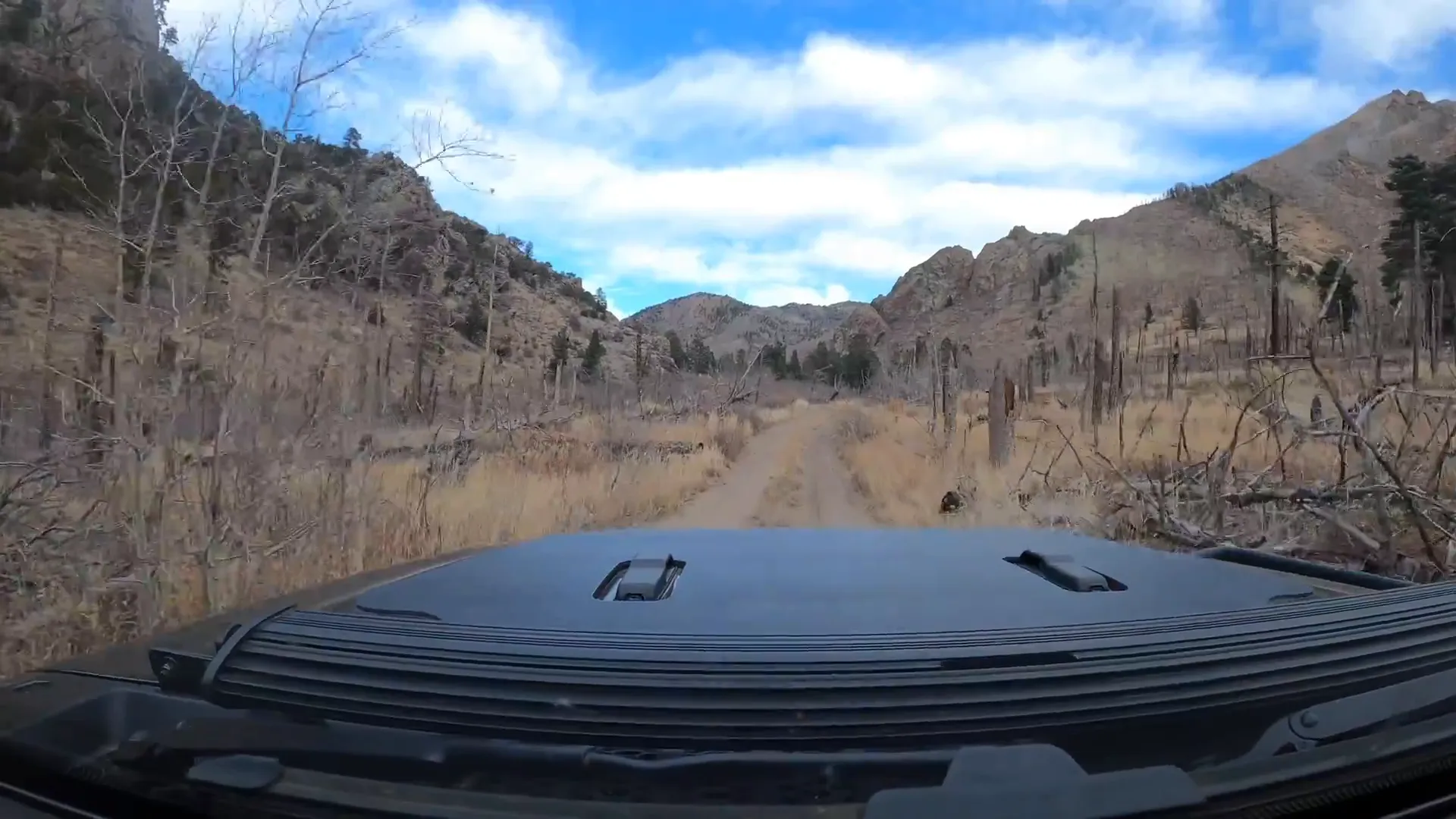
Stunning Views and Wildlife
As you ascend the pass, the views of the surrounding mountain ranges become increasingly spectacular. The east end of the pass operates on an honor system for entry fees, which is currently $25. If you're coming from Denver, starting at the eastern end of Medano Pass and descending into the park is highly recommended.
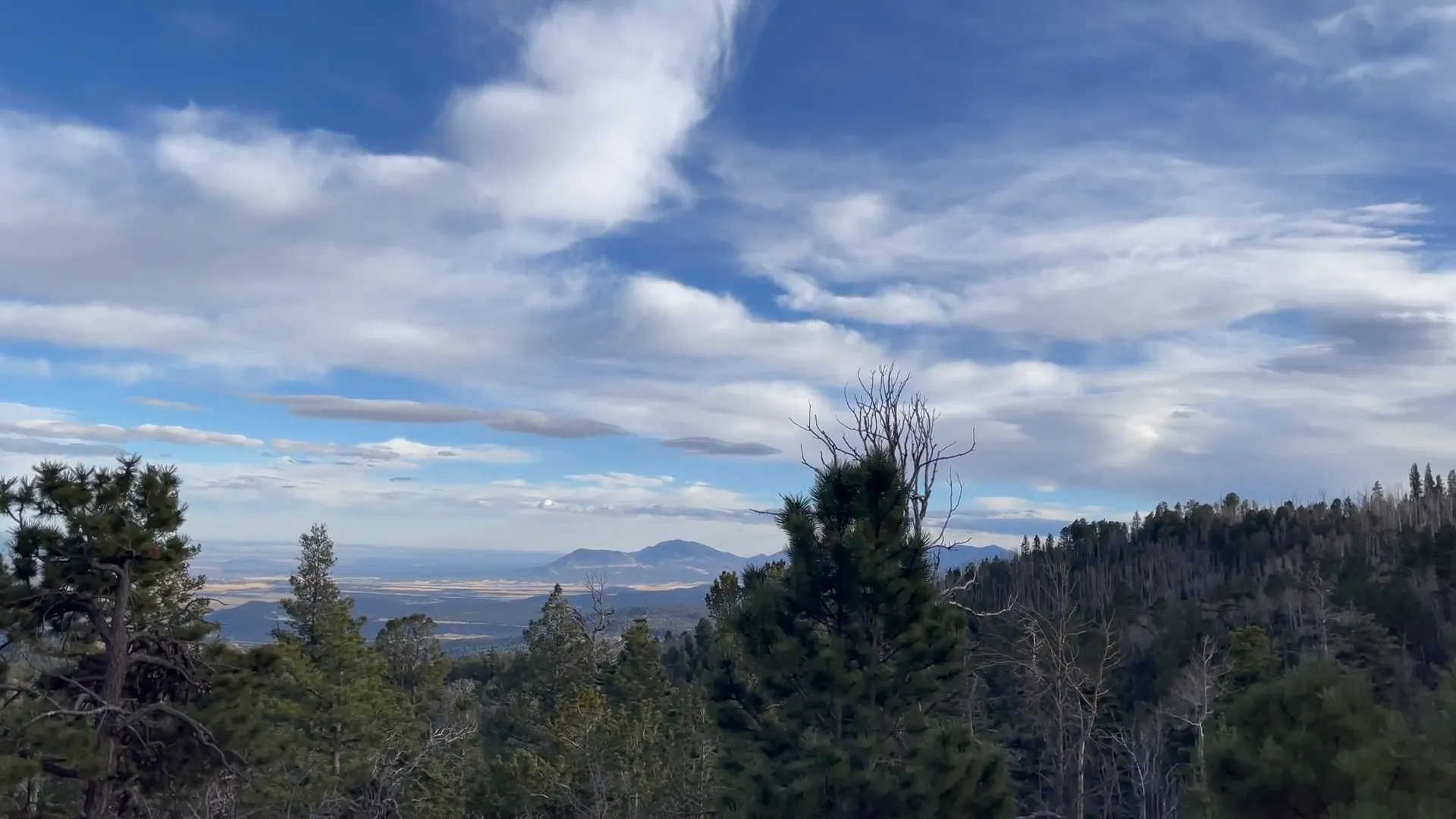
Why You Should Visit Great Sand Dunes National Park
This park is unique not just for its towering dunes, but for the diverse ecosystems it encompasses. If you have a favorite national park, I’d love to hear about it in the comments! Great Sand Dunes National Park is more than just a stop on your journey; it's an experience that stays with you.
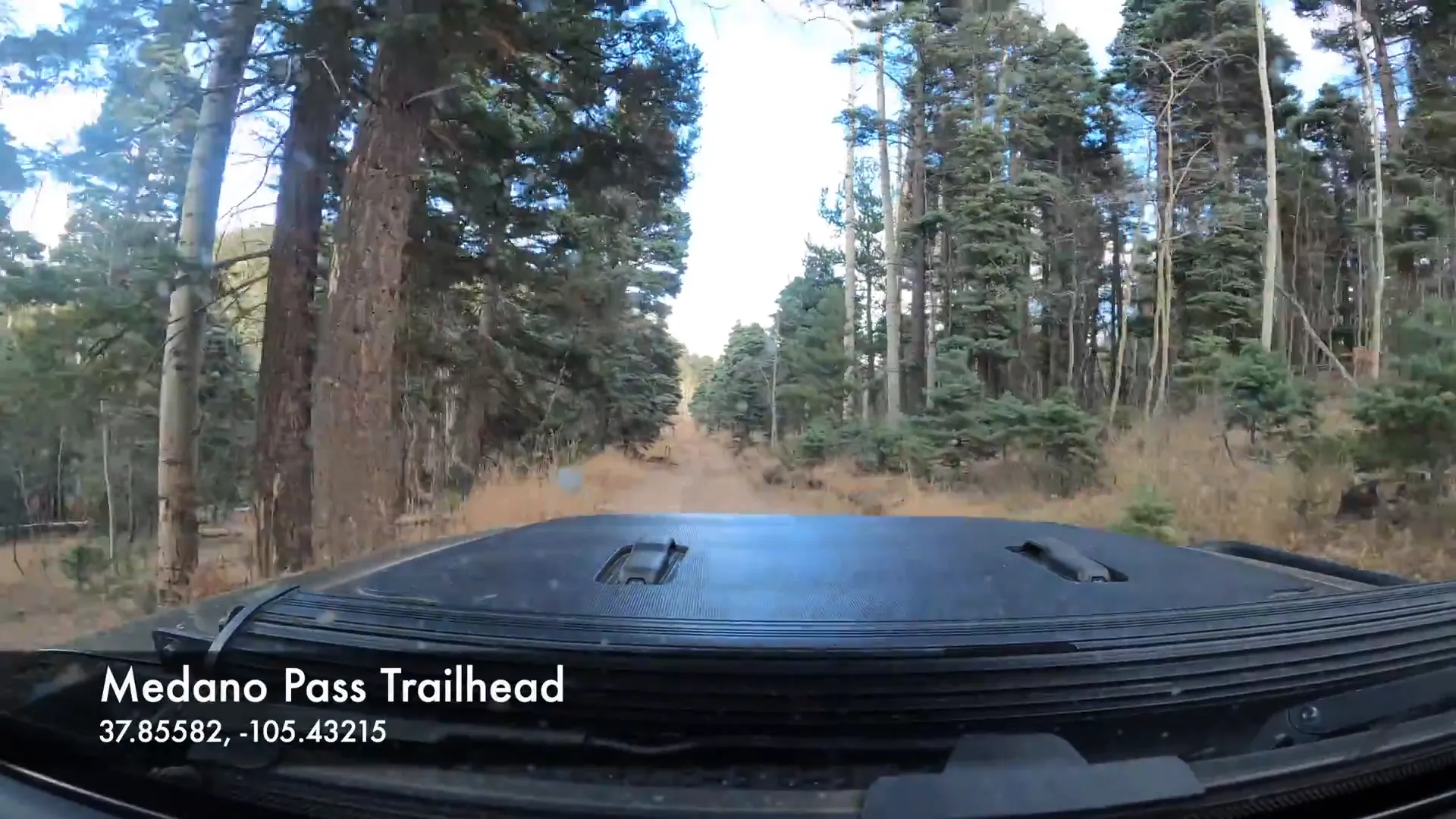
Frequently Asked Questions
1. What is the best time to visit Great Sand Dunes National Park?
The best time to visit is from late spring to early summer, particularly when Medano Creek is flowing.
2. Are there camping facilities available?
Yes, there is one formal campground, Pena Flats, and several designated primitive campsites along Medano Pass.
3. Can I drive on the sand dunes?
No, driving on the dunes is prohibited, but you can explore on foot and enjoy various activities like sandboarding.
4. What type of vehicle is recommended for Medano Pass?
A 4WD vehicle is highly recommended due to the trail's deep sand and rocky terrain.
5. Is there an entry fee for the park?
Yes, the entry fee is currently $25, which you can pay at the entrance.
For more adventures, check out this hidden gem, Dinosaur National Monument: Dinosaur National Monument - YouTube.
Don’t forget to sign up for updates and deals: Subscribe Here.
